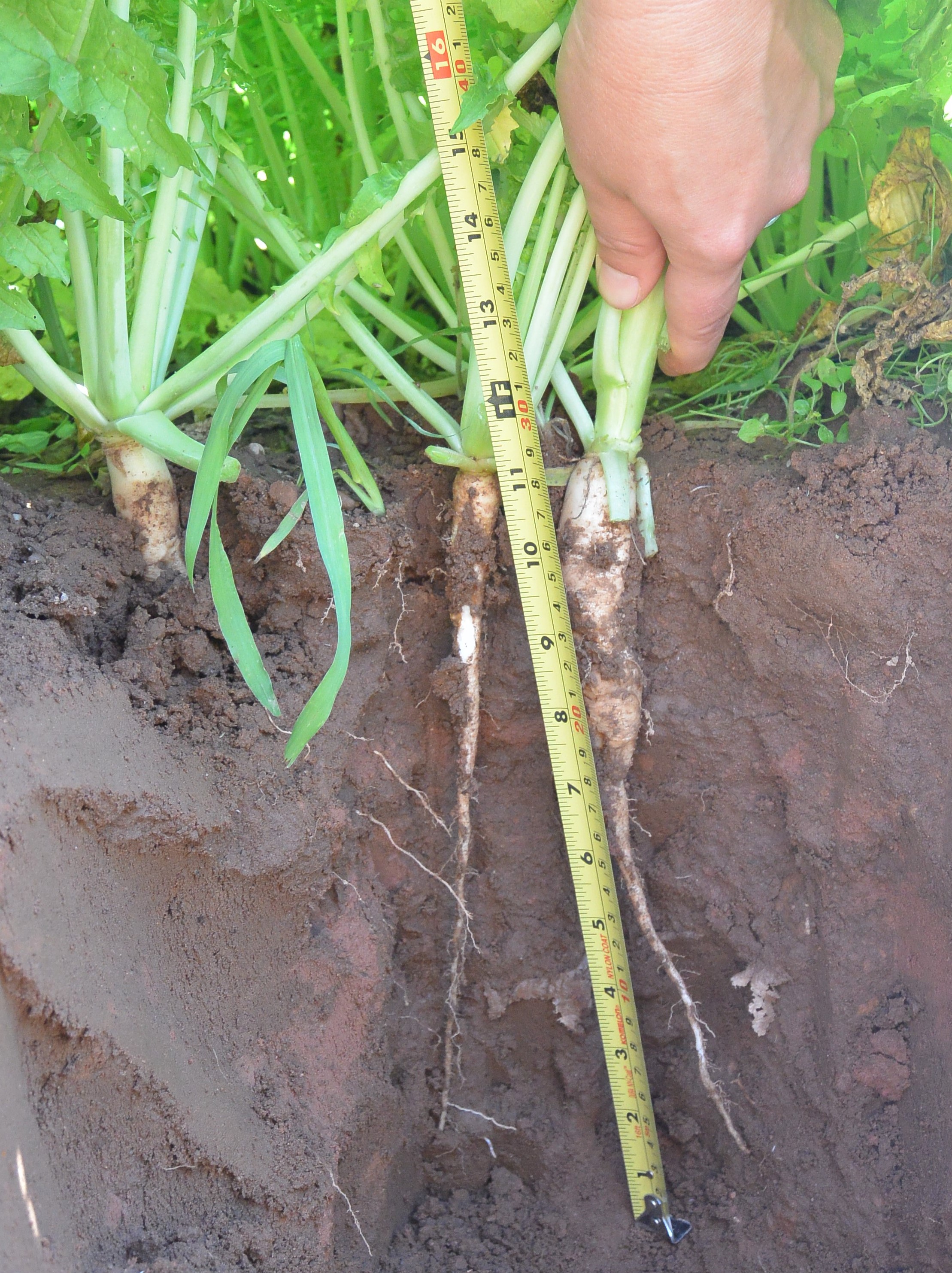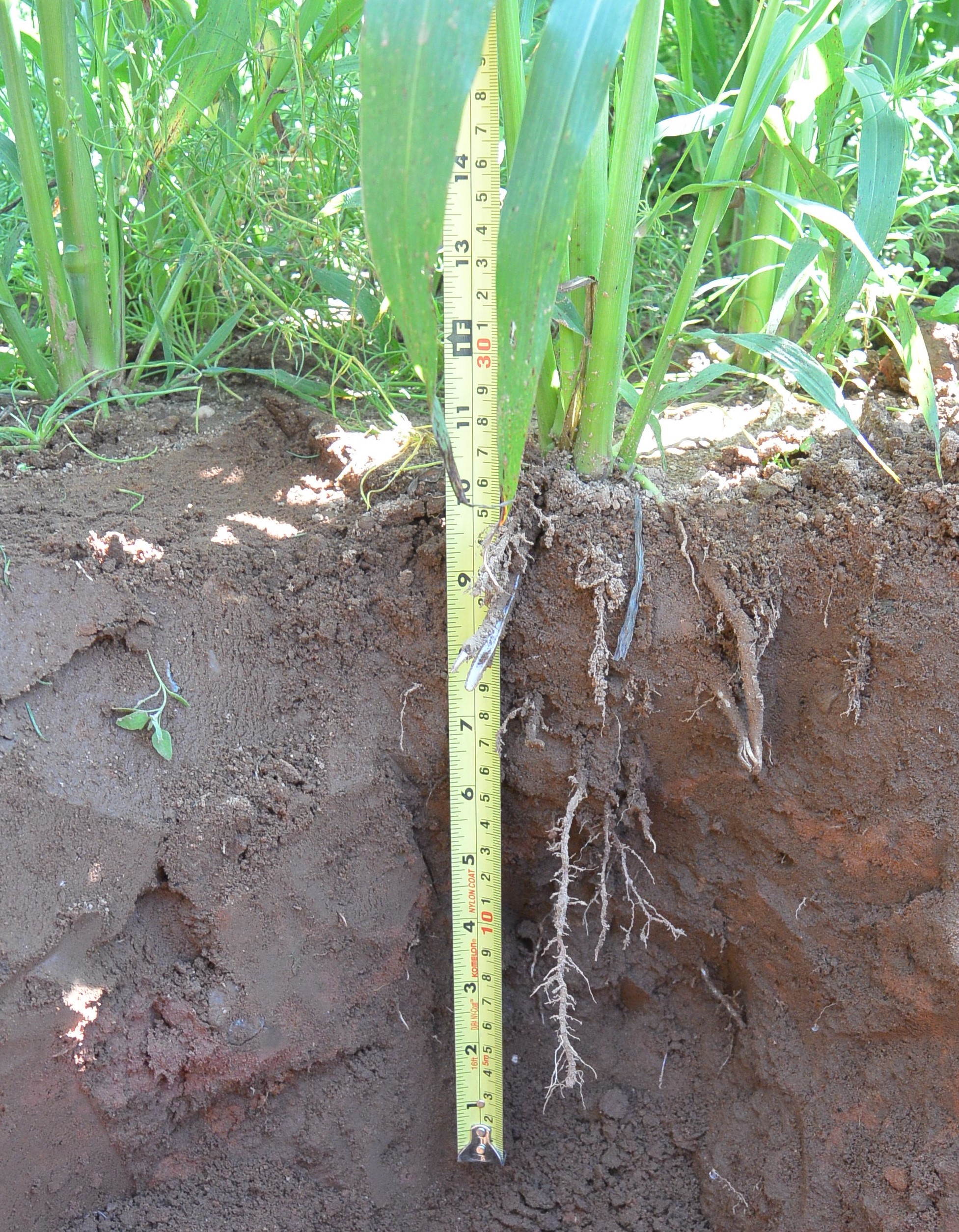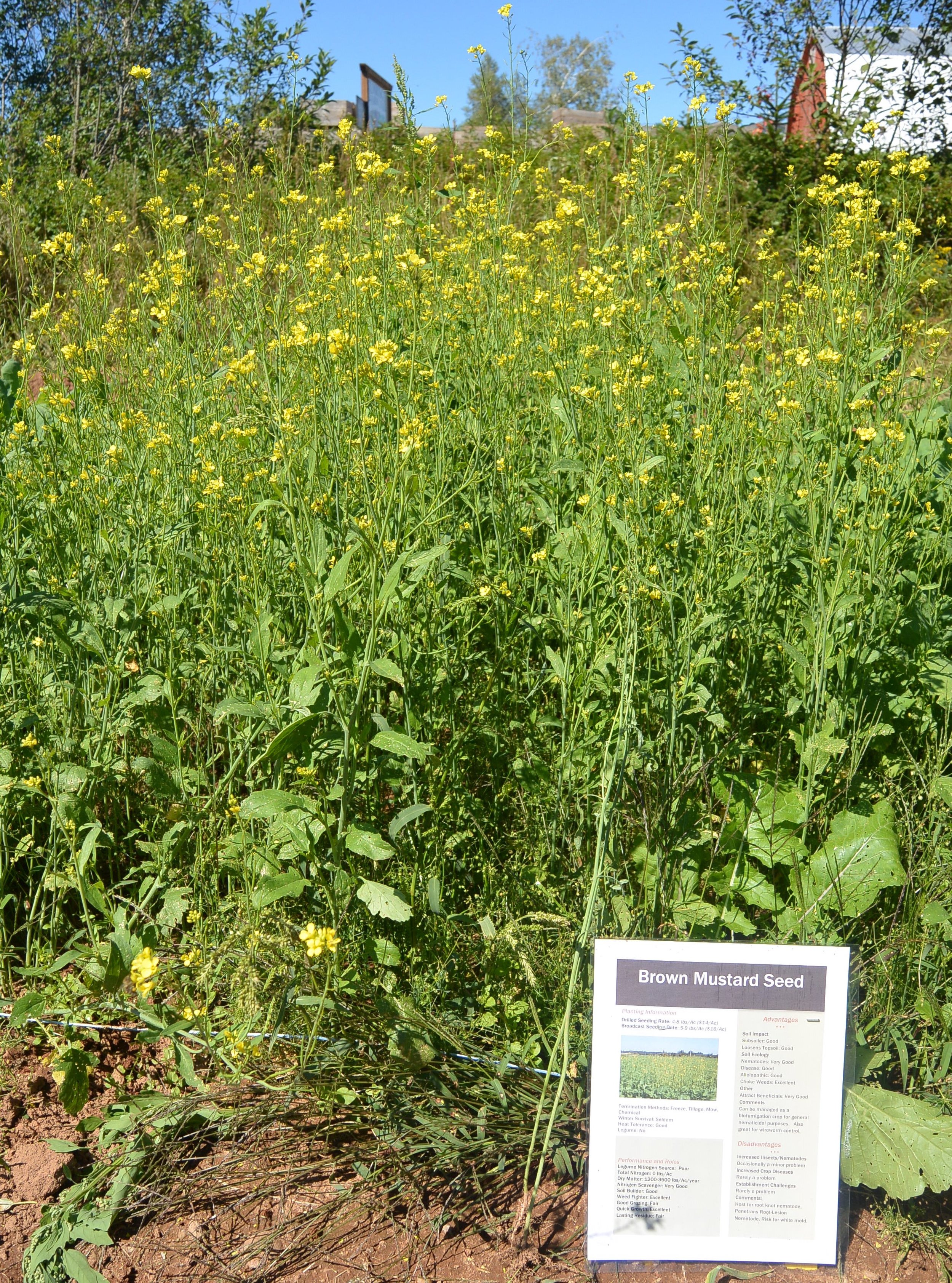Uncovering the many types and benefits of cover crops
/by Rosalie Gillis-Madden
Cover crop has become a bit of a catch-all phrase for any crop that is planted but not harvested, with the goal of improving your soil’s health. Farmers trying to figure out which cover crops might fit well into their rotations should first determine what their goals for the cover crops are and what benefits they are trying to capture.
In the coming months, Perennia will launch informative cover crop YouTube videos to delve more into this subject. Subscribe and stay tuned to Perennia’s YouTube channel, NS Perennia.
The term “cover crop” specifically describes a crop that is planted primarily as a soil cover and not harvested. It can protect the soil from raindrop impact, reduce erosion by slowing down overland water flow and wind, and keep the soil cool during hot months. Cereal rye or Annual ryegrass planted in the fall and overwintered are good examples. Other examples are short-season cover crops such as buckwheat and oilseed radish planted after an early harvested crop (such as spinach, green onions, and lettuce) and planted before winter wheat.
But I’ll also discuss other crop management techniques that are lumped under the cover crop heading.
A “catch crop” is one that is grown after the main crop and not harvested, with the goal of soaking up any extra nutrients left in the field. For example, after a heavily fed crop such as potatoes or cabbage, there is lots of leftover fertility in the soil that shouldn’t be wasted.
Depending on the timing of the fall harvest, you could seed Cereal rye, oats, or barley. Something such as Annual ryegrass planted after early harvested crops (such as summer broccoli and lettuce) would also function as a catch crop.
Sometimes “green manures” are also called cover crops. Green manures are typically full-season crops that are not harvested and are used to increase nutrient availability. Often these are legumes that fix nitrogen. Green manures are particularly important in organic rotations as an on-farm nutrient source. For example, a green manure could be Red clover under-seeded into Winter wheat, Hairy vetch, or oats/rye. Buckwheat and Tillage radish are sometimes considered to be green manures for their phosphorus-scavenging ability.
Other crops included under the cover crop heading are considered “soil-building” crops. A soil-building crop is a full-season crop that is planted with the intention of increasing soil organic matter and is typically not harvested. This would be something such as sorghum-sudangrass, which can grow to be five to 12 feet tall and can easily create 7,000 pounds of dry matter per acre with proper fertility. Cereal rye can also produce 3,000 to 4,000 pounds of dry matter per acre.
There are also cover crops that are planted to improve “soil tilth,” meaning they’re used to break up compacted soil, improve internal drainage, or make the soil more friable. Plants with deep taproots such as Tillage radish (Figure 1), Sweet clover, Red clover, and alfalfa are good examples of compaction-fighting crops.
Sorghum-sudangrass is also a good compaction fighter. It has an extensive root system that can penetrate down to depths of eight feet and can extend more than three feet away from the stem (Figure 2). Management of many compaction-fighting cover crops (such as sorghum-sudangrass, Red clover, and alfalfa) by mowing can enhance their rooting system for even greater compaction fighting. Buckwheat, with its abundant, fine roots, can loosen up the soil and make it more friable with minimal tillage.
There are also cover crops that are used for “pest suppression.” These are crops that are grown to interrupt disease and pest cycles, and are not harvested. Examples include buckwheat or brown mustard for wireworm suppression, brown mustard for potato disease suppression, Pearl millet or brown mustard for nematode suppression (Figure 3), and Cereal rye or buckwheat for weed suppression.
While no single cover crop can meet all needs, several can meet many needs on a farm. Just looking at the examples used here, Cereal rye can be a soil cover, a catch crop, a soil builder, part of a green manure, and used for pest suppression. Buckwheat can be a soil cover, a green manure, improve soil tilth, and used for multiple kinds of pest suppression (Figure 4).
It’s important to make sure that the cover crop you choose is addressing the problems you want to manage. There is a great online tool that was developed for our region that can help determine what your goals are and which cover crop might best meet your farm’s needs. The online tool will select cover crops and show planting windows to help you choose a crop that would best suit your system. Visit decision-tool.incovercrops.ca/ to access the tool.
(Rosalie Gillis-Madden is a vegetable specialist with Perennia Food and Agriculture Inc. based in Kentville, N.S.)












